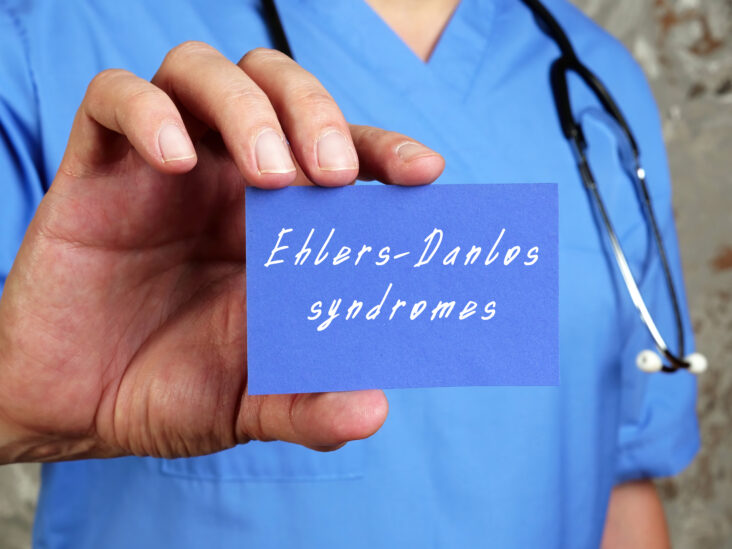Click Here to Download this Blog Post – Ehlers-Danlos Syndrome (EDS)- Part 1 – Introduction, What is it?
Dr. Nicholas L. DePace, M.D., F.A.C.C.
Ehlers-Danlos Syndrome (EDS), what is it? EDS comprises a group of more than 10 different inherited, clinically, and genetically diverse in character, disorders, resulting from genetic defects in collagen, a group of fibers proteins involved with connective-tissue synthesis and structure. The different variants of EDS due to biochemical and genetic differences is what creates the clinical differences. Many individuals do not fit into a single type and overlap is common. Symptoms can include highly flexible, loose joints, joint pain, fragile and redundant skin with a velvety texture, and abnormal scar formation which can be seen at birth or in early childhood.
The most common forms of EDS are not life threatening or dangerous. There are some rare types that can be. Some manifestations that are only seen in this rare types of EDS include:
Aortic dissection, which is a medical emergency in which a tear happens in the inner layer of the body’s main artery, the aorta, can occur. Blood rushes through the tear causing the middle layers of the artery to split. This is called a dissection. If the blood goes outside the artery, it can be deadly.
Scoliosis, where the spine can curve to either side, can change a person’s posture. The shoulders aren’t even and can even affect breathing movement.
Brittle cornea is a rare but significant variant of EDS, which predisposes people to corneal ruptures and possible blindness.
Blue sclerae is when the white of the eye appears blue, great or even purple. The condition is usually painless and is due to thinning of the connective tissue proteins letting the blood vessels underneath show through. In itself, the condition is not dangerous, but means there is a significant underlying medical condition that will need treatment.
Muscles waste away. Hypotonia is a state of reduced muscle strength.
Postural hypotension is when the blood pressure drops on changing to an upright position, also call Orthostatic Hypotension. It can cause dizziness or lightheadedness and possibly fainting.
Cardiac valvular abnormalities are conditions that can cause one or more heart valves to leak blood backward into the heart chambers or fail to open fully. Your doctor may hear a “whooshing” noise or an extra click with a stethoscope. Some people have no symptoms, but poorly functioning heart valves can cause chest pain, difficulty breathing, tiredness, weakness, feeling irregular heartbeats, lightheadedness, fainting and swollen ankles, feet or belly.
Chronic pain can also affect those afflicted by EDS.
It is important to seek out a clinician with expertise in EDS to make an accurate diagnosis and create a treatment plan. One of the nation’s leading centers is Franklin Cardiovascular Associates, under the direction of Nicholas DePace, MD, FACC. They are located in Sicklerville, New Jersey. franklincardiovascular.com, (856) 589-6034



